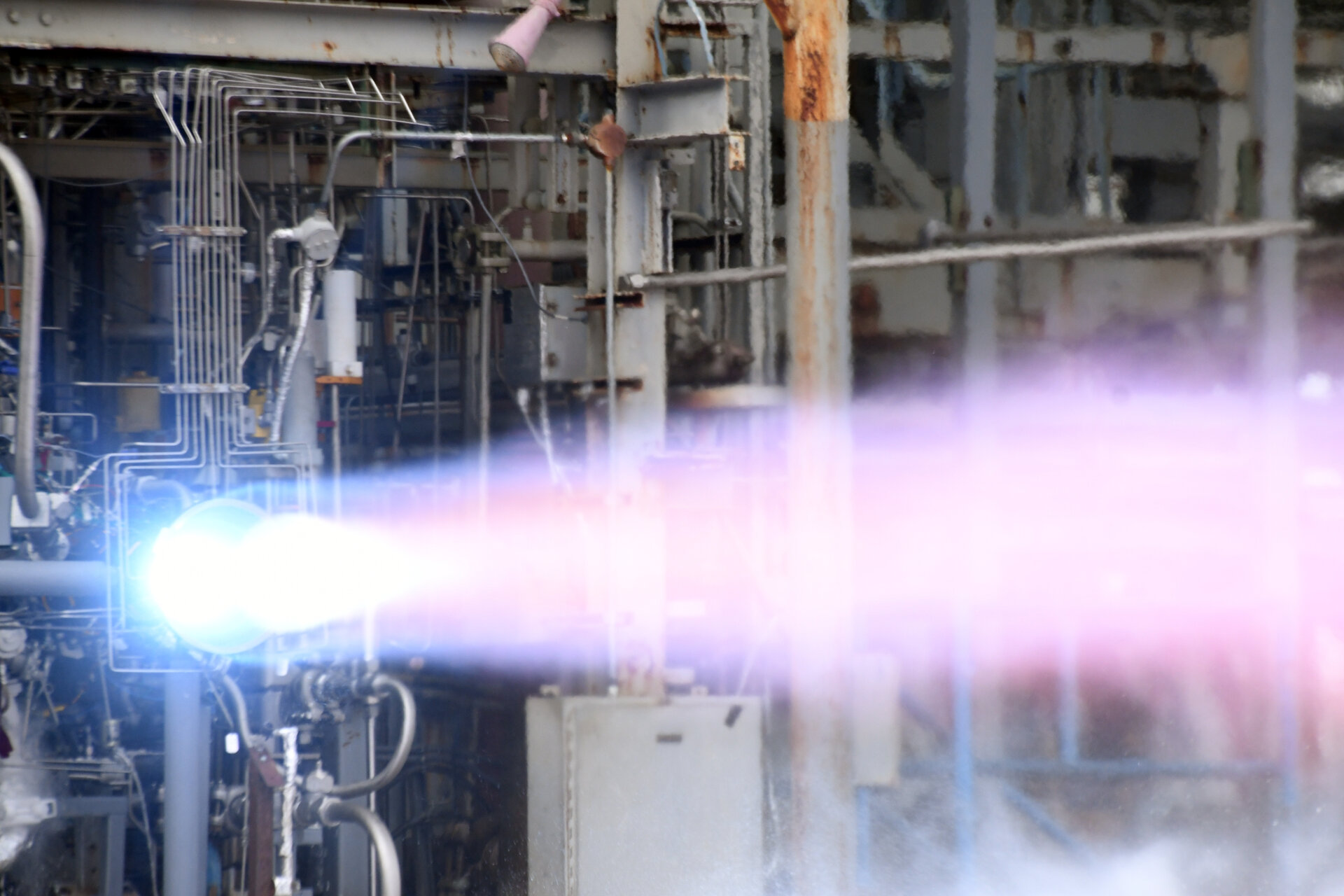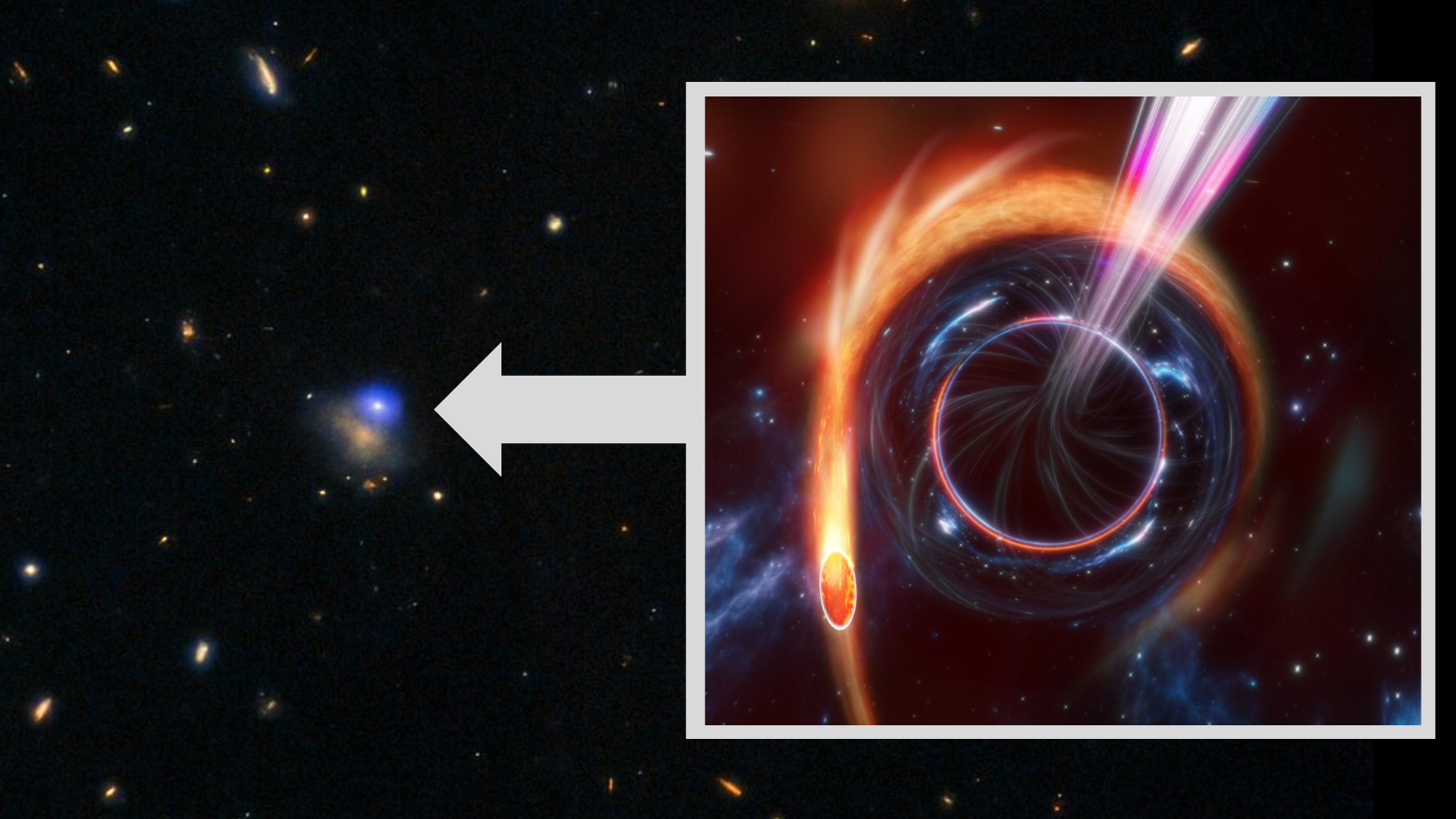Vega rocket's new 3D-printed thrust chamber passes critical hot-fire test (video)
The new M10 engine will power the next generation of Europe's Vega rockets.
A successful firing test shows that Europe's lightweight Vega launcher is well on its way to cheaper and more efficient launches in 2025, officials say.
Video footage from the "hot-fire" test of a 3D-printed thrust chamber prototype for Vega's new M10 engine showed it successfully firing on a rainy day. Flames jut out from the thrust chamber, with the pressure causing ripples in the puddles below. The thrust chamber assembly fired 19 times for 450 seconds (about 7.5 minutes) at NASA's Marshall Space Flight Center in Huntsville, Alabama — a common location for developing rocket technology.
It's one small step on a longer road to development for Vega, which is now facing tight competition from private companies eager to grab a slice of the small-launcher space. The M10 engine uses liquid oxygen and liquid methane (which are two environmentally friendly fuels) to replace the second- and third-stage engines in the current Vega rocket, the European Space Agency said in a statement.
Video: Hotfire! Future Vega rocket's 3D-printed engine component tested
Related: Meet Ariane 6 and Vega C: Europe's new 'rideshare' rockets

"These test results are encouraging, confirming that our propulsion teams are right on track along the development path identified for such novel technology for Vega evolutions," Giorgio Tumino, the manager of ESA's Vega development program, said in the statement.
The M10 is not only cheaper to manufacture but is also billed as more environmentally friendly. It is restartable and uses smart pressure control, which will save on fuel. (Rocket propulsion tends to be one of the most expensive costs for space missions.)
The big challenge in building the M10 via 3D printing, or additive layers, is trying to do product inspections, ESA said. "Non-destructive inspection such as tomography and ultrasound is used to detect defects, geometry distortions and potential obstructions within cooling channels," the agency added.
Breaking space news, the latest updates on rocket launches, skywatching events and more!
The first development model of the M10 engine should undergo its first hot firing at the end of 2020. Ground qualification is scheduled for 2024, and then the engine will be put into launch vehicles starting in 2025.
Vega is operated by Arianespace , a commercial launch service provider, to send small spacecraft and payloads to polar and low Earth orbits, and had its first launch in 2012.
- Relativity Space will 3D-print rockets at new autonomous factory in Long Beach, California
- A 3D-printed rocket engine just launched a new era of space exploration
- Photos: Europe's Vega rocket launches on 1st flight
Follow Elizabeth Howell on Twitter @howellspace. Follow us on Twitter @Spacedotcom and on Facebook.
OFFER: Save at least 56% with our latest magazine deal!
All About Space magazine takes you on an awe-inspiring journey through our solar system and beyond, from the amazing technology and spacecraft that enables humanity to venture into orbit, to the complexities of space science.

Elizabeth Howell (she/her), Ph.D., was a staff writer in the spaceflight channel between 2022 and 2024 specializing in Canadian space news. She was contributing writer for Space.com for 10 years from 2012 to 2024. Elizabeth's reporting includes multiple exclusives with the White House, leading world coverage about a lost-and-found space tomato on the International Space Station, witnessing five human spaceflight launches on two continents, flying parabolic, working inside a spacesuit, and participating in a simulated Mars mission. Her latest book, "Why Am I Taller?" (ECW Press, 2022) is co-written with astronaut Dave Williams.

